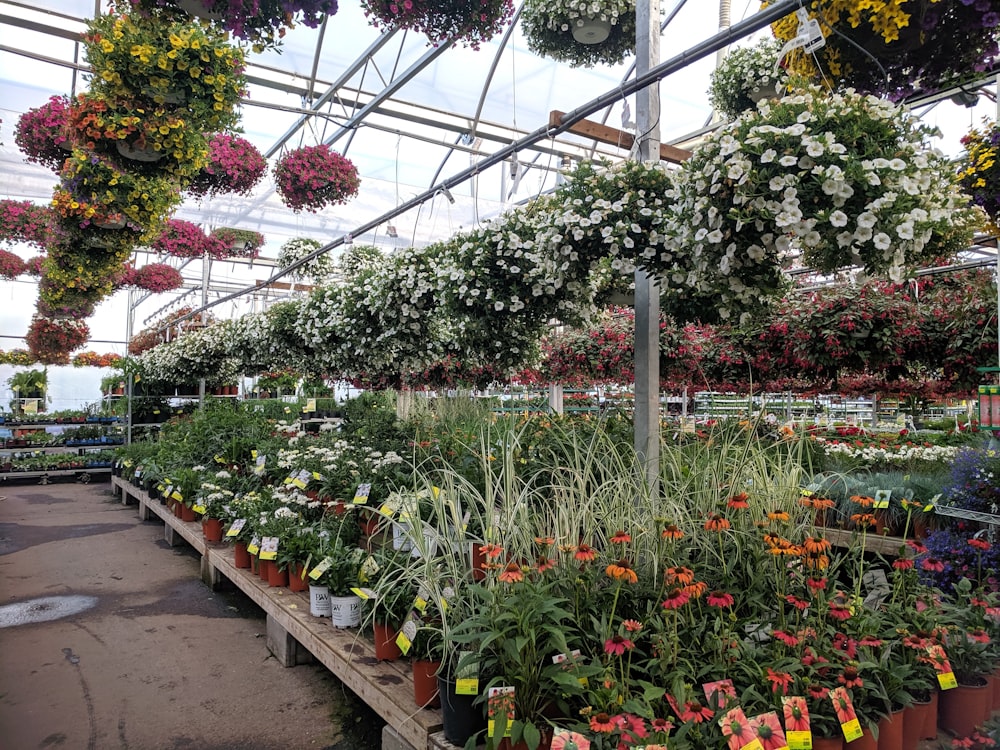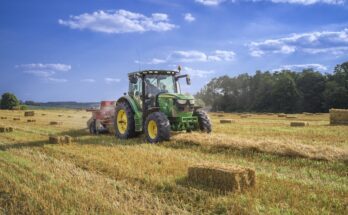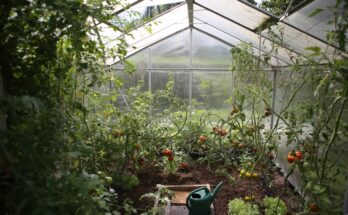Live off Your Garden for Healthy Lifestyle
If you’ve been gardening for a while, you already know how much better your own produce is than what you can buy at the store. It’s possible that you grow enough veggies in your garden to feed your entire family or yourself throughout the growing season.
You now want to enhance it in order to supply your family with all the vegetables they’ll require for the remainder of the year. Before you can truly rely entirely on your garden throughout the year, there are a number of issues you need to address in reality.
How much land do you need for starting garden
Image via Unsplash.com
This won’t be a problem for you if you have land. The quantity of garden area you have access to on an urban lot may be a constraining element. Step outside of the box. In your window boxes, sow your organic herb seeds. Plant peppers, Swiss chard or rhubarb in the flowerbeds in place of flowers.
Consider planting cucumbers or squash vertically in a small side yard close to the garage. Any plant you find outside the main garden provides your main crops extra room.
Starting garden is a time-consuming procedure
Be sensible! Keep in mind that you will need to take care of a much bigger garden. Additionally, it means that it will take longer to harvest all of the crops. All the food must also be dried, frozen, or canned in order to store it for the winter. That requires a large amount of time. Do you have enough time on your own, or are your loved ones eager to help out?
Space and resources to store produce
Image via Unsplash.com
A stand-alone freezer is necessary if you intend to freeze the majority of the vegetables. The size depends on how big your family is. You will need plenty of shelves for your food jars if you intend to can your veggies. Additionally, a pressure canner is required.
Invest in all the canning jars and lids so that they are available when needed. Do you have a cool place to keep pumpkins, potatoes, squash, and onions? Cool but not freezing is required. Before the growth season begins, get everything ready.
Make a plan for your garden
You must create a garden plan if you still have the desire of growing all the food you need for the entire year. If you have done small-scale gardening, you presumably already know what your growing zone is. Find out here if you don’t already.
This knowledge is essential. It outlines the length of your average growing season and the ideal time to start gardening with vegetable seeds and seedlings. Additionally, it provides an estimate of the first frost date, which indicates when the garden will begin to slumber.
These times are only estimates; they are not set in stone. Numerous factors, such as weather and climate change, can affect when you can really plant in your garden.
Planting according your family’s taste
Image via Unsplash.com
If no one wants beets, don’t waste space growing them. However, gardening should be enjoyable, so give yourself some room to experiment. Grow it to the point where everyone in the family can give it a shot before adding it to your list of plants to grow the next season—or your “never again” list.
Starting your own plants in garden
Start with the seeds if you’re going to make a commitment to growing your own food. Pick organic, non-GMO veggie seeds. For plants that cannot be immediately sown in the garden soil, set up your indoor nursery. By buying the best seed available and raising your own plants, you can maintain control over what you provide for your family.
Intensive gardening for limited space
Image via Unsplash.com
Grow in 4-foot-wide beds rather than a lengthy row of solitary plants. You will be able to weed and harvest in the middle of the bed if you keep the size to four feet. Give each plant enough room to expand. This approach to gardening has a lot of benefits.
Less land is taken up by walkways, leaving more room for plants. Because the plants are so close together, fewer weeds may develop, which means less work for you. These beds won’t be compacted by foot traffic, so the soil will be looser, which is ideal for strong root systems.
Dealing with pests in your garden
Avoiding pesticides is one benefit of growing your own food, so you’ll want to deal with slugs and snails naturally.
Keep the area free of weeds and debris, and create a route made of concrete or soil between the beds so you or the birds can readily notice pests.
Preparation of soil
Image via Unsplash.com
Turn the soil over and get rid of weeds, roots, and stones before you start planting. This enhances drainage and helps keep weeds from coming back. Some gardens will be plagued by persistent weeds; in this instance, cover the soil with newspaper and apply a 5 cm-deep layer of compost.
Making most of garden
When starting off with vegetable growing, pay great attention to the instructions on the seed packets. Gather your lawn clippings, organic kitchen waste, and any garden pruning because compost can be quite helpful to your plants.
In a small area, it may not be possible to leave your ground fallow for an extended period of time, as with crop rotation in farming. What you can do, though, is plant several crops in a bed in consecutive years.
Choosing wisely to begin
Image via Unsplash.com
As a novice, you should pick crops that are simple to grow and offer a variety of nutrients.
- Vegetables: Because courgettis and runner beans are so simple to grow, many people start off with them. Excellent nutritional alternatives include broccoli, kale, spinach, and various beans, which can also be satiating and high in protein.
- Root vegetables: Potatoes are versatile in the kitchen and convenient to preserve. Onions, carrots, and beets are also healthy options.
- Salad: Although salad ingredients like veggies and herbs are pricy, most families eat a lot of them throughout the summer. Fast-growing and abundant vegetables include tomatoes, peppers, radishes, cucumbers, and spring onions. In the winter, herbs can be grown indoors and provide flavor to any cuisine.
- Fruit: Don’t overlook fruit because the season will be long and harvests will be high. They make simple jams and are simple to freeze. The best fruits for novices are apples, pears, cherries, strawberries, blackberries, and raspberries.
USEFUL LINKS:
Visit this site to know more about gardening on your own
How to make your garden greener



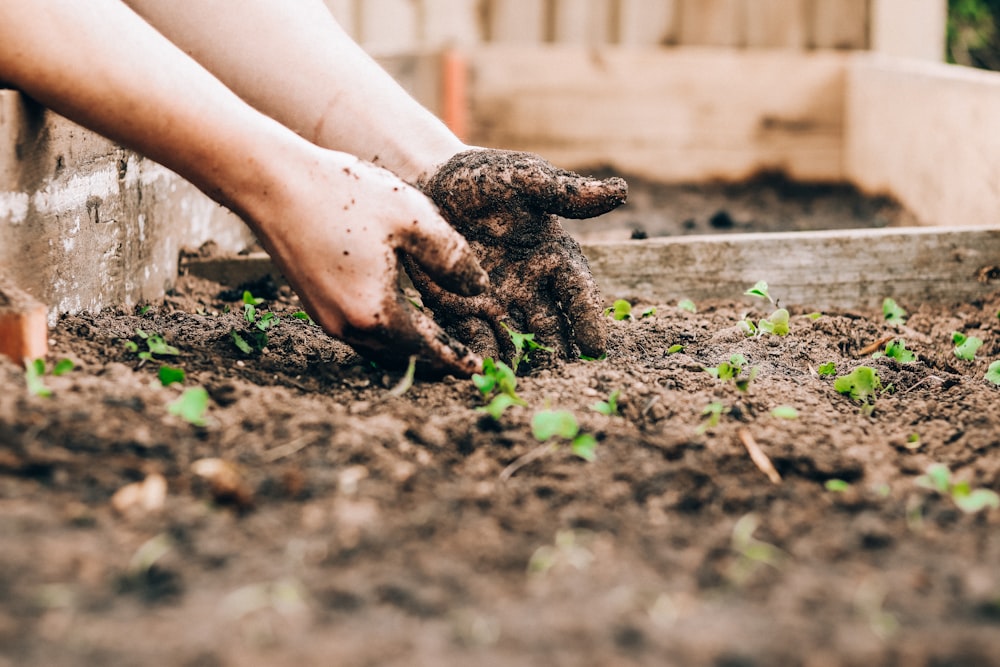

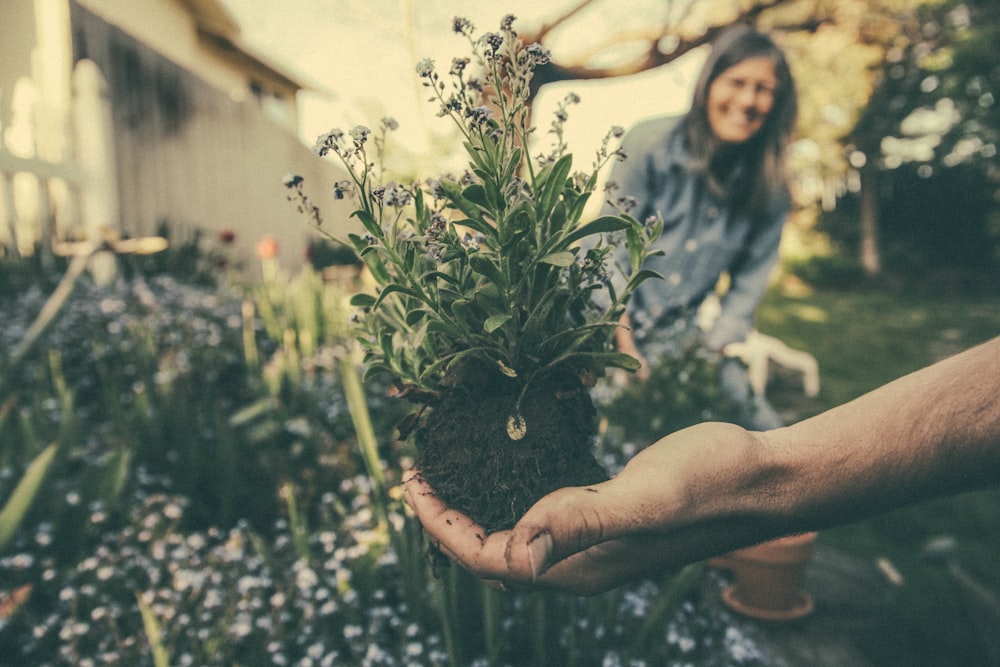
![Vegetable Garden Pictures [HD] | Download Free Images on Unsplash](https://plus.unsplash.com/premium_photo-1663013292451-dfe5e6aa6f11?ixlib=rb-4.0.3&ixid=M3wxMjA3fDB8MHxzZWFyY2h8MTl8fHZlZ2V0YWJsZSUyMGdhcmRlbnxlbnwwfHwwfHx8MA%3D%3D&w=1000&q=80)
